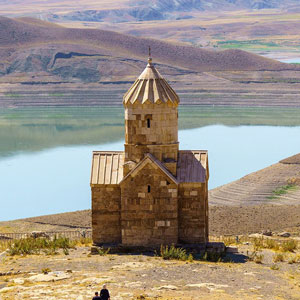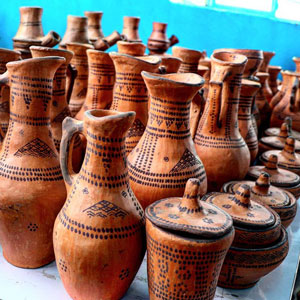 Signin with Google
Signin with Google Signin with Facebook
Signin with Facebook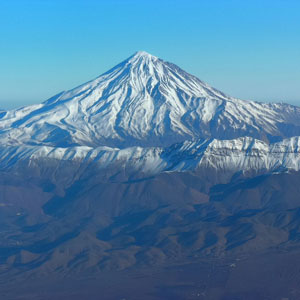 Nature
NatureAn Arrival for Celebrating Hope
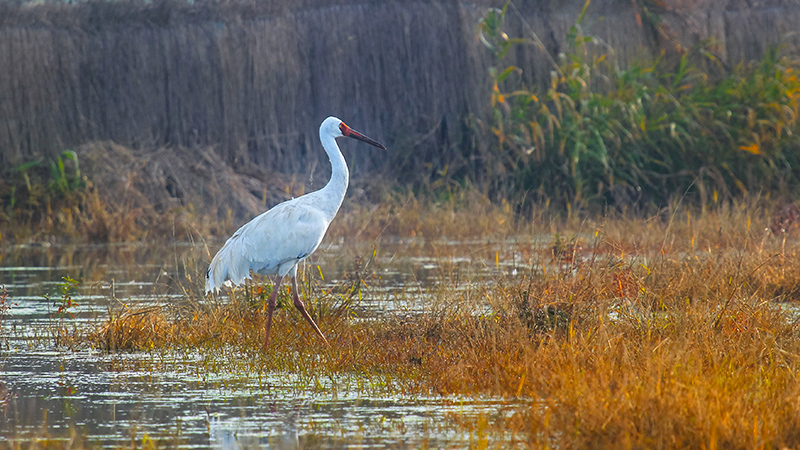
Omid, the last of Siberian Cranes on earth
For more than fourteen years, he flies 5000 kilometres all alone and goes across five countries from the west of Siberia every winter to live the cold season in the north of Iran. Given the name "Omid", meaning hope, he is the symbol of ambition to struggle for life. Not only the birdwatchers and environmentalists, but almost every well-wishing Iranian is avid to hear the good news of Omid’s return every fall.
The Siberian Crane in danger of extinction
The Siberian crane known as Snow Crane is an extremely endangered species with a distinctive appearance. It has a white uniform body with long red legs and face and a long black beak. Snow cranes are famous for their attractive dance to charm their mates and their melodious flout-like voice.
This eye-catching bird is between 135 to 140 centimetres tall while standing, and his spread wings reach 210 to 230 metres while flying. These cranes feed mainly on plants although they are omnivorous.
Siberian Crane is a migratory bird that flies seasonally from Uvat in Siberia to the southern parts in hope of passing the cold days of the year in a more favourable condition. They have one of the longest migrations among cranes.

There are less than 3100 Siberian cranes left all around the world. They include three main groups: the central population which used to migrate during winter to India but was extinct, the eastern population which is the most populous community tht spends winter in the Poyang Basin, China, and the western flock that used to enter from the west of the Caspian Sea and head to the wetlands of Fereydoon Kenar in Mazandaran Province.
In the winter of 1974, the flock of Siberian cranes was observed in the wetlands of Mazandaran Province for the first time. This flock had eighteen members. Unfortunately, the number was considerably decreased as they get hunted or killed in recent years in a way that in 2005 only three cranes of these beautiful creatures were wintering in the region and the same year one of them was shot. Only one year later Omid’s mate was hunted and he thereupon got all alone.
The loneliest bird in Iran
Omid is the only surviving male member of this rare migratory family. Before the long and harsh Siberian winters get started, in the early days of September, Omid starts his long journey. After passing over the Volga River in Russia, Narzum wetlands in Kazakhstan and Azerbaijan, he finally reaches the wetlands in the north of Iran, near the Caspian Sea.
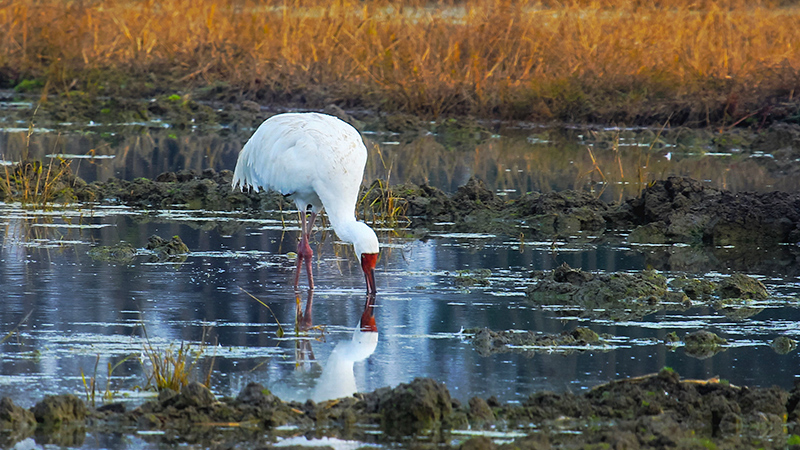
Since 2007, this beautiful bird has flown the way all alone for consecutive years to spend some months in the Fereydoun kenar region. He stays in Iran for four months and then starts his journey back to the north and Siberia.
Siberian crane couples and a lifetime covenant of loyalty
Different species of birds change their mates for different lengths of time, and mostly they would not remain the mate for long times. Cranes are exceptional. They are known as perennially monogamous breeders that remain in bonded pairs that may last their lifetime.
Omid and his mate, named Arezoo (meaning wish) used to migrate together and made romantic scenes with their gentle and resonant voices and their beauty. In 2007, Omid lost his mate. Arezoo was shot down by two poachers and made Omid the loneliest traveller in winter.
After that, Omid did not appear for one year in Iran, and a lot of people disappointedly thought that he might have perished. He showed up in Ferydoon kenar wetland after an absence and thrilled everyone. Since then, Omid continued his annual two-month flight to Iran all alone. And that was the way he made true love and loyalty believable!
Each year with the arrival of Omid, environmental organizations and nature lovers celebrate the return of life and hope, they try their bests to preserve this only world's western Siberian crane.
By Samaneh Zohrabi / TasteIran

